The demand for Australia Skilled Worker visas is getting higher year after year. Australia is the most promising destination for skilled workers. Australia is currently facing a growing hard skills shortage in several industries, including healthcare, construction, and education. According to Jobs and Skills Australia, 36% of occupations assessed are in shortage, and the demand for skilled professionals is broadening across multiple industries.
Australia is a beautiful country adored with sun-drenched beaches, vibrant cities, and a thriving economy.
If you possess the qualifications and ambition, migrating to Australia as a skilled worker could be the life-changing adventure you’ve been seeking.
This comprehensive guide dives deep into everything you need to know about Australia’s skilled worker visa options in 2024. Guiding you through the intricacies of the immigration process, understanding the different visa types and requirements, and discovering how to maximise your chances of securing your dream down there. Immigration to Australia as a skilled worker has never been this simplified.
Let’s get to it.

Overview of Australia's Skilled Worker Visa Program
So what are Australia skilled workers visas?
Australia’s Skilled Worker Visas are, in essence, a collection of immigration pathways designed to attract and welcome foreign talent with the skills and experience in high demand by the Australian economy.
They collectively offer a gateway to permanent residency in Australia for qualified individuals who can contribute to the nation’s workforce and growth.
These are different immigration frameworks – each with its own specific requirements and sponsorship options.
Some offer independent migration paths for self-driven individuals (Skilled Independent visa), while others focus on targeted skills needed in specific regions or nominated by employers (Skilled Nominated, Employer Nomination Scheme, and Regional Sponsored Migration Scheme visas).
Don’t bother yourself with those if it sounds blunt, what you need to understand is that the common thread binding these visas is the focus on skilled professionals who can fill crucial gaps in the Australian workforce.
I hope this clarifies and gives you a general overview of what skilled worker visa Australia actually means.
Now we know what skilled workers Australia visas mean, let’s take a look at the different types of skill work visas available in Australia in 2024 to better prepare you on how to apply for the one that best suits your interest.
Types of Australia Skilled Worker Visas - 2024
There are four main types of the skilled workers visas in Australia, and they are;
Skilled Independent Visa (Subclass 189)

For: Un-sponsored skilled workers with in-demand qualifications and experience. If you are qualified and have an in-demand skill that the Australian government and economy are in need of, but you do not have any Australian government or organisation support, this will be the best route for you.
Key features: Points-based selection, no employer or state/territory nomination required.
Requirements: Age under 45, competent English, positive skills assessment, minimum 65 points on the General Skilled Migration (GSM) points test.
Skilled Nominated Visa (Subclass 190)
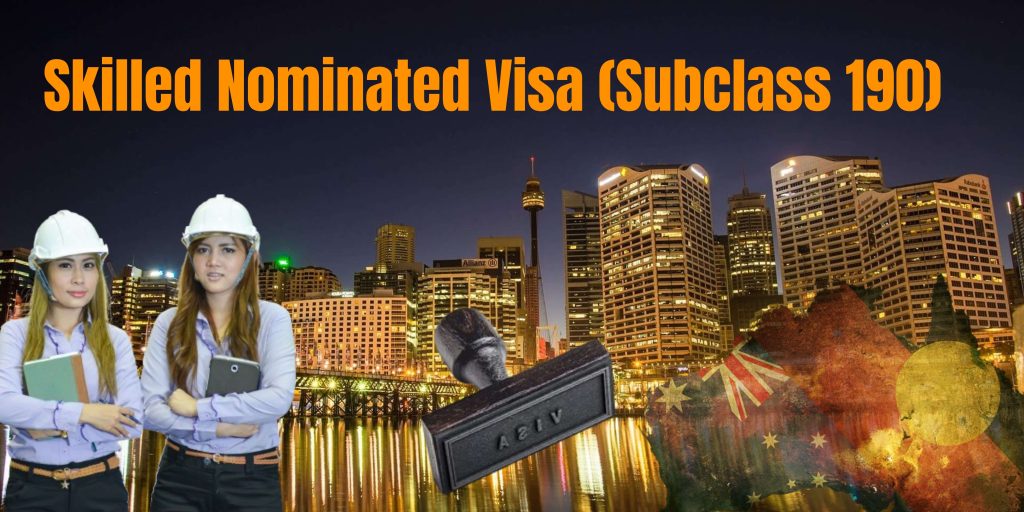
For: Skilled workers nominated by an Australian state or territory government based on their skills and needs of the local economy.
Key features: Faster processing times compared to Subclass 189, lower minimum points score (usually 60 points).
Requirements: Similar to Subclass 189, plus nomination from a state/territory government.
Employer Nomination Scheme (ENS) Visa (Subclass 186)
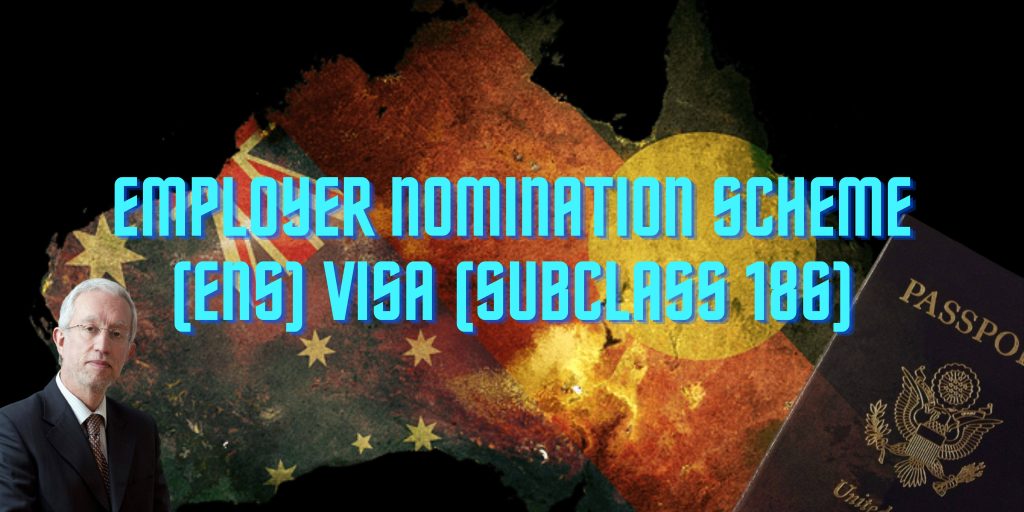
For: Skilled workers sponsored by an Australian employer offering a full-time position in your nominated skilled occupation.
Key features: Employer guarantees your role and skills are needed, potentially faster processing times.
Requirements: Similar to Subclass 189, plus sponsorship from an Australian employer.
Regional Sponsored Migration Scheme (RSMS) Visa (Subclass 187)
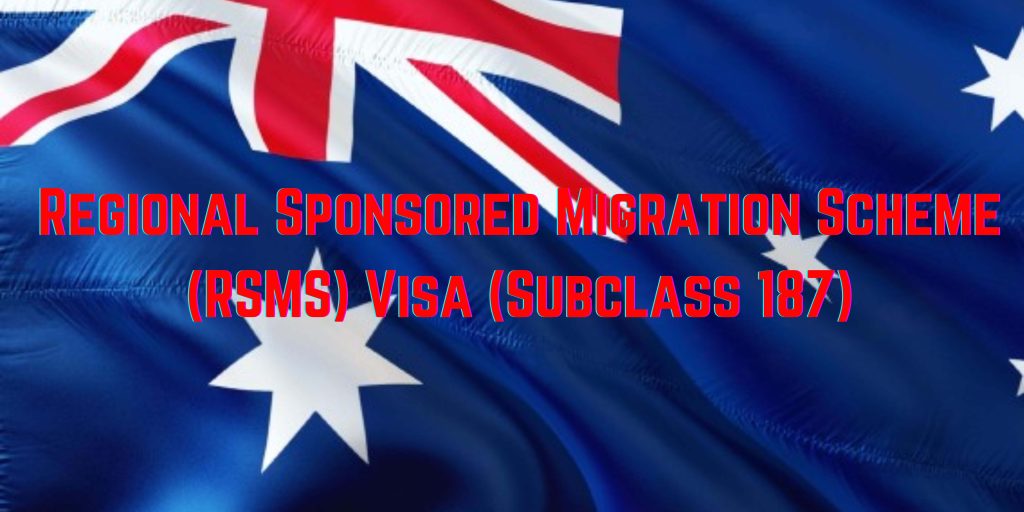
For: Skilled workers willing to live and work in designated regional areas of Australia for at least five years. Meaning you are ready to stay and work skillfully in one particular region in Australia for a span of five (5) years.
Key features: Bonus points for regional location, potentially easier to meet points requirement.
Requirements: Similar to Subclass 189, plus willingness to live and work in a regional area, sponsorship can come from an Australian relative or state/territory government.
Highlighting the key features and requirements of these different types of skilled workers visas in Australia, we came across a new yet unexplained phrase “General Skilled Migration (GSM)”.
Stay with us as we throw more light on this in the Australia Skilled Worker Visa Requirements section.
Want to Study Abroad At No Cost??
Ausralia Skilled Worker Visa Requirements
The requirements for Australia’s Skilled Worker Visas vary depending on the specific visa you choose, but there are some general eligibility criteria that apply to most of them. Before I go over giving you a breakdown of the key requirements you’ll need to meet, let’s first know the General Skilled Migration (GSM) points test we came across in the previous subheading.
General Skilled Migration (GSM) Points Tests
Australia’s General Skilled Migration (GSM) is a point-based system that assesses your eligibility based on various factors like age, education, work experience, English language proficiency, and nominated occupation. Even a Spouse/Partner’s Skills can contribute additional points to your GSM scores.
It’s a program that serves as the primary pathway for skilled workers seeking permanent residency in Australia.
This implies that every skilled worker who wants a permanent residence visa in Australia must undertake this point-based program and should attain a certain point to be eligible.
Now we know what the GSM is all about, let’s dive straight into the general eligibility criteria for Australia skilled workers visas.
General Eligibility for Australia Skilled Workers Visas - 2024
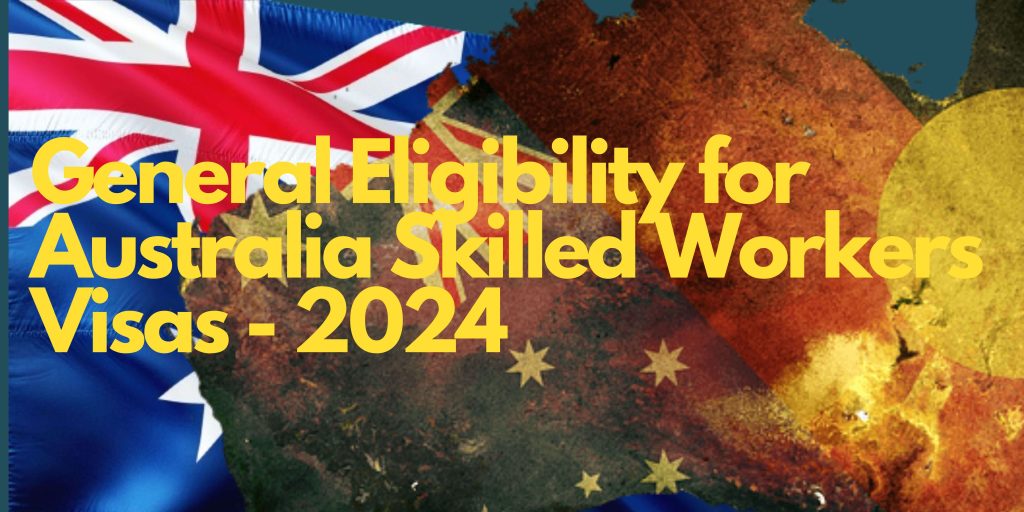
Age: Be under 45 years old at the time of application.
English Language Skills: Demonstrate competent English language proficiency through approved tests like IELTS or PTE.
Skills Assessment: Obtain a positive skills assessment from the relevant assessing authority for your nominated skilled occupation.
Health Requirements: Meet the Australian Government’s health requirements, which generally involve a medical examination.
Character Requirements: Pass a character assessment to demonstrate you are not a risk to the Australian community.
Other requirements (but not applicable to all pathways) includes:
Nomination: For some visas, such as the Skilled Nominated Visa (Subclass 190) and the Regional Sponsored Migration Scheme (Subclass 187), you will need to be nominated by an Australian state or territory government or an eligible regional sponsor.
Employer Sponsorship: For the Employer Nomination Scheme (Subclass 186), you will need to be sponsored by an Australian employer who offers you a full-time position in your nominated skilled occupation.
Points Test: Secure a minimum score on the General Skilled Migration (GSM) points test. The minimum score varies depending on the visa but is typically around 60-65 points.
In essence, this all runs down to say the General Skilled Migration Points Test assesses your eligibility status and how you meet the requirements set, like your IELTS score, your age, your degree strength etc, then generates a score for you.
Overall, this GSM points highly determines your chances of success in getting a skilled workers visa to Australia, but other times, sponsorship and individual’s unique gifts plays a significant role.
How to Apply for Australia Skilled Worker Visa
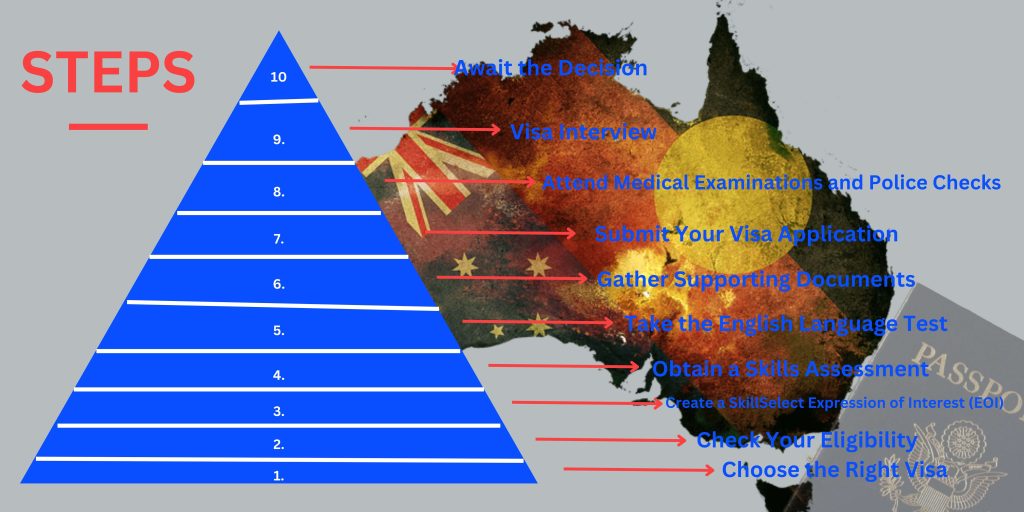
Applying for an Australia Skilled Worker Visa can be an exciting but complex process. Here’s a breakdown of the key steps to guide you through:
Choose the Right Visa:
Australia offers several Skilled Worker Visas, each with specific requirements and benefits as we discussed earlier. Research and determine which one best suits your skills, experience, and career goals. Popular options include:
Skilled Independent Visa (Subclass 189): Points-based, no sponsorship required.
Skilled Nominated Visa (Subclass 190): Sponsored by an Australian state/territory government, potentially faster processing.
Employer Nomination Scheme (ENS) Visa (Subclass 186): Sponsored by an Australian employer offering a full-time position.
Regional Sponsored Migration Scheme (RSMS) Visa (Subclass 187): Live and work in regional areas for at least five years, bonus points for regional location.
Check Your Eligibility:
Once you’ve chosen your visa, ensure you meet the essential criteria, including:
Age under 45
Competent English language skills (IELTS or PTE)
Positive skills assessment for your nominated occupation
Minimum points score on the General Skilled Migration (GSM) points test (if applicable)
Health and character requirements
Utilize the Department of Home Affairs website to verify specific eligibility details.
Create a SkillSelect Expression of Interest (EOI):
SkillSelect is an online platform where you express your interest in migrating to Australia as a skilled worker. Create an EOI profile outlining your skills, experience, and chosen visa. This profile is visible to potential employers and state/territory governments for potential sponsorships.
Obtain a Skills Assessment:
Contact the relevant skills assessing authority for your nominated occupation and complete the assessment process. This ensures your qualifications meet Australian standards.
Determining the relevant skill assessing authority for your Australia Skilled Worker Visa application depends on your nominated skilled occupation. Here’s how to find the right one:
Identify your nominated skilled occupation:
Again, this should be aligned with your qualifications and desired career path in Australia. You can find a list of eligible skilled occupations on the Department of Home Affairs website as we highlighted earlier at: [ https://immi.homeaffairs.gov.au/visas/working-in-australia/skill-occupation-list ]
Search for the assessing authority:
Once you have your nominated occupation, check the “Assessing Authority” column in the list linked above. This tells you which organization you need to contact for your skills assessment.
Visit the assessing authority’s website:
Each assessing authority has its website providing detailed information about the assessment process, eligibility requirements, fees, and timelines. Some popular examples include:
Australian Computer Society (ACS): for IT professionals
Engineers Australia: for engineers
Australian Nursing and Midwifery Federation (ANMF): for nurses and midwives
Australian Council for Social Workers (ACSW): for social workers
Contact the assessing authority:
Reach out to the assessing authority via their website or contact details to discuss your specific situation and the assessment process. They can guide you through the steps and answer any questions you may have.
Take the English Language Test:
Choose an approved English language test like IELTS or PTE and achieve the required score for your chosen visa.
Gather Supporting Documents:
Prepare all necessary documents, including educational certificates, work experience records, skills assessment result, English language test scores, passport, and any sponsorship documentation (if applicable).
Submit Your Visa Application:
Once invited by the Department of Home Affairs, submit your complete visa application through ImmiAccount, including all supporting documents and payment of visa fees.
Attend Medical Examinations and Police Checks:
You may be required to undergo medical examinations and provide police clearance certificates from your home country and any other countries you’ve resided in for extended periods.
Visa Interview:
In some cases, you may be invited for a visa interview to discuss your application further.
Await the Decision:
The processing time for Skilled Worker Visas can vary depending on the visa type, workload, and individual circumstances. Check the Department of Home Affairs website for estimated processing times.
Remember, the application process can be more intricate than discussed but this comprehensive guide should provide you a basic roadmap for your Australia Skilled Worker Visa pursuit. Seek professional guidance from a registered migration agent if you still find it difficult to grasp, as this also will ease the burden and optimize your chances of success.

Application Tips to Increase Your Chances of Getting Australia Skilled Worker Visas in 2024
Start researching early in your application process as some assessments can take time.
Ensure you meet the eligibility criteria for the assessment before applying.
Gather all necessary documents and information beforehand to streamline the process.
Seek professional guidance and don’t hesitate to contact the assessing authority for any queries or clarifications.
Stay informed.
Remember, choosing the right skill assessing authority ensures your qualifications are accurately evaluated for your Australia Skilled Worker Visa application.
This comprehensive guide won’t be complete if some high-demand occupations required for Australia Skilled Worker Visas is not listed.
So if you’ve been wondering, ‘oh what professions are available?’, ‘is my profession among?’ etc, then quickly skim through a few listed below or check out the Skilled Occupation Lists for a complete and detailed list.
35 High-Demand Occupations for Australia Skilled Worker Visas (2024)
| Occupation | ANZSCO Code | List | Visa Subclasses (Streams or Type) | Assessing Authority |
|---|---|---|---|---|
| Accountant (General) | 221111.0 | MLTSSL | 186*, 189 (PT), 190, 407, 485 (GW),491 (F) | CPA Australia, Institute of Public Accountants |
| Registered Nurse (General) | 254411.0 | MLTSSL | 186*, 189 (PT), 190, 407, 485 (GW), 482 (S), 494 | Australian Nursing and Midwifery Accreditation Council (ANMAC) |
| Software Engineer | 261311.0 | MLTSSL | 186*, 189 (PT), 190, 407, 485 (GW), 482 (S), 494 | Australian Computer Society (ACS) |
| General Practitioner | 253111.0 | MLTSSL | 186*, 189 (PT), 190, 407, 485 (GW), 491 (F) | Medical Board of Australia |
| Mechanical Engineer | 233511.0 | MLTSSL | 186*, 189 (PT), 190, 407, 485 (GW), 482 (S), 494 | Engineers Australia |
| Electrician | 342111.0 | STSOL | 190, 407, 491 (S/T), TSS (S)*, 494 | Trades Recognition Australia (TRA) |
| Carpenter | 331111.0 | STSOL | 190, 407, 491 (S/T), TSS (S)*, 494 | TRA |
| Chef | 351411.0 | STSOL | 190, 407, 491 (S/T), TSS (S)*, 494 | TRA |
| Project Manager | 133111.0 | STSOL | 190, 407, 491 (S/T), TSS (S)*, 494 | Australian Institute of Project Management (AIPM) |
| Accountant (Management) | 132211.0 | STSOL | 190, 407, 491 (S/T), TSS (S)*, 494 | CPA Australia, Institute of Public Accountants |
| ICT Business Analyst | 261111.0 | STSOL | 190, 407, 491 (S/T), TSS (S)*, 494 | ACS |
| Civil Engineer | 233211.0 | STSOL | 190, 407, 491 (S/T), TSS (S)*, 494 | Engineers Australia |
| Cook | 351411.0 | STSOL | 190, 407, 491 (S/T), TSS (S)*, 494 | TRA |
| Copywriter | 212411.0 | STSOL | 190, 407, 491 (S/T), TSS (S)*, 494 | TRA |
| Corporate General Manager | 111211.0 | STSOL | 186*, 407, TSS (M)*, 494 | TRA |
| Solicitor | 271111.0 | STSOL | 186*, 189 (PT), 190, 407, 485 (GW), 482 (S), 494 | Legal Practitioners Admission Board |
| Physiotherapist | 252711.0 | STSOL | 186*, 189 (PT), 190, 407, 485 (GW), 482 (S), 494 | Physiotherapy Board of Australia |
| Occupational Therapist | 252411.0 | STSOL | 186*, 189 (PT), 190, 407 | |
| Early Childhood Teacher | 241411.0 | STSOL | 186*, 189 (PT), 190, 407, 485 (GW), 482 (S), 494 | Australian Childhood Educators Authority (ACEEA) |
| Registered Nurse (Mental Health) | 254422.0 | MLTSSL | 186*, 189 (PT), 190, 407, 485 (GW), 482 (S), 494 | ANMAC |
| Psychologist | 253311.0 | MLTSSL | 186*, 189 (PT), 190, 407, 485 (GW), 482 (S), 494 | Australian Psychological Society (APS) |
| Software and Applications Programmer | 261312.0 | MLTSSL | 186*, 189 (PT), 190, 407, 485 (GW), 482 (S), 494 | ACS |
| Childcare Worker | 431111.0 | STSOL | 186*, 189 (PT), 190, 407, 485 (GW), 482 (S), 494 | ACEEA |
| Aged and Disabled Carer | 411411.0 | STSOL | 186*, 189 (PT), 190, 407, 485 (GW), 482 (S), 494 | Australian Skills Quality Authority (ASQA) |
| Plumber | 342211.0 | STSOL | 190, 407, 491 (S/T), TSS (S)*, 494 | TRA |
| Metal Fabricator and Welder | 322411.0 | STSOL | 190, 407, 491 (S/T), TSS (S)*, 494 | TRA |
| Site Engineer | 233212.0 | STSOL | 186*, 190, 407, 491 (S/T), TSS (S)*, 494 | Engineers Australia |
| Marketing Manager | 132311.0 | STSOL | 186*, 190, 407, 491 (S/T), TSS (M)*, 494 | Australian Marketing Institute (AMI) |
| Human Resources Manager | 122111.0 | STSOL | 186*, 190, 407, 491 (S/T), TSS (M)*, 494 | Australian Human Resources Institute (AHRI) |
| Graphic Designer | 242111.0 | STSOL | 186*, 190, 407, 491 (S/T), TSS (S)*, 494 | Design Institute of Australia (DIA) |
| Web Developer | 261313.0 | STSOL | 186*, 189 (PT), 190, 407, 485 (GW), 482 (S), 494 | ACS |
| Pharmacist | 251211.0 | MLTSSL | 186*, 189 (PT), 190, 407, 485 (GW), 482 (S), 494 | Australian Pharmacy Council (APC) |
| Dentist | 253112.0 | MLTSSL | 186*, 189 (PT), 190, 407, 485 (GW), 482 (S), 494 | Australian Dental Council (ADC) |
| Veterinarian | 253211.0 | MLTSSL | 186*, 189 (PT), 190, 407, 485 (GW), 482 (S), 494 | Australasian Veterinary Board (AVB) |
| Quantity Surveyor | 233311.0 | STSOL | 186*, 190, 40 |
* AMZSCO – Australian and New Zealand Standard Classification of Occupations (Code)
* MLTSSL – Medium and Long Term Strategic Skills List
* STSOL – Short Term Skilled Occupation List
Skilled Work Visas, Australia Resources and Considerations
Conclusion
Living and working in a promising country with boundless opportunities like Australia may seem like a distant dream, but with the right in demand skill-set and knowledge it can be accomplished easily.
This comprehensive guide has addressed your most pressing questions about Skilled Worker Visas, exploring eligibility, popular options, in-demand occupations, and practical considerations.
Remember, the key lies in your unique strategic approaches to everything discussed so far.
Don’t let doubt and uncertainties hold you down. With thorough planning, focused preparation, and a positive attitude, you can transform your vision of living and working in Australia into reality.
If you have any questions or challenges, leave your comment in the comment box below and we’ll give you a reply instantly.
Love what you read here? Don’t keep this to yourself, friends, family and colleagues need it too. Spread the word and empower others! Share this information to your Facebook, X (fka Twitter) and LinkedIn handles by clicking any of the social buttons below.
Frequently Asked Questions about Australia Skilled Worker Visas
Your eligibility depends on factors like age, education, work experience, English skills, and nominated occupation. Check if your occupation exists on the Skilled Occupations List (SOL) or Medium and Long-Term Strategic Skills List (MLTSSL).
Difficulty varies depending on your application specifics and visa type. Some visas like Subclass 189 (Independent) have high point requirements, while others like Subclass 491 (Regional) offer faster processing if sponsored.
Processing times can vary considerably, ranging from several months to over a year depending on chosen visa and current workload.
The “best” visa depends on your individual circumstances. Popular options include Subclass 189 (Independent), Subclass 190 (State Nominated), and Subclass 491 (Regional).
Some visas like Subclass 189 have an age limit of 45, while others like Subclass 491 are age-agnostic.
Australia faces skill shortages in fields like healthcare, IT, engineering, construction, and trades. Check the SOL and MLTSSL for specific occupations.
Yes, Australia faces skill shortages in several sectors, which creates opportunities for skilled immigrants.
Professions like nurses, software engineers, electricians, plumbers, and accountants are consistently in high demand.
Obtaining a skilled job offer or sponsorship can significantly increase your chances, but some programs like Subclass 189 don’t require it.
Depending on your qualifications and experience, it can be challenging but not impossible. Skilled occupations in high demand have better prospects.
Salaries vary widely depending on field, experience, and location. Check resources like salary.com.au for estimates.
Visa application fees, living expenses, and travel costs should be considered. Government websites provide guidelines.
Both countries have their own PR pathways with varying requirements and processing times. Research both options to determine which suits you best.
No city guarantees easy PR, but regional areas offering programs like Subclass 491 may be faster than major cities.
Yes, some visas like Subclass 491 don’t have age restrictions. Explore options and assess your eligibility through authorized immigration channels.
